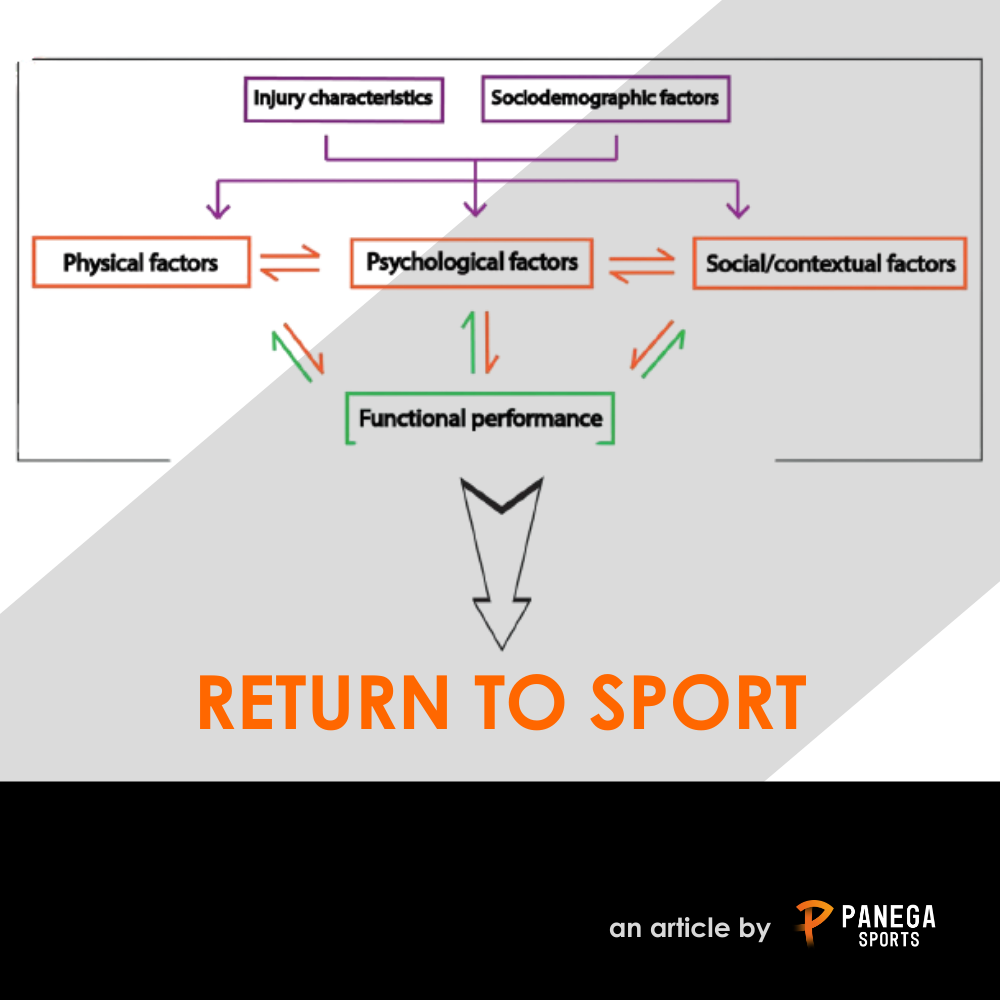Article: return to sport
16/12/2020
“Success means different things to different people and is context-dependent and outcome-dependent. To the athlete, success might be defined by return to sustained participation in sport in the shortest possible time (goal focus). To the coach (and many athletes), success might be defined relative to the athlete’s performance on RTS (performance focus). To the clinician, success might be defined by the prevention of new (or recurring) associated injuries (outcome focus). The decision-making team must collaboratively decide on how success will be defined, as soon as possible after the injury.”
When you have defined what success means for your organization you will have to behave according to a certain framework.
In every sports organization, the individual athlete is the central point of attention.
Every staff member will support the athlete according to his own responsibilities. Whichever framework the organization chooses, it will always need to cover biological, psychological an sociodemographic factors to obtain the 360° view we want to have of our athlete.
Once the framework is defined and every staff member within the sports organization knows his roles and responsibilities, a strategy is defined to reach the success that is defined in phase 1. To reach this success, certain KPI’s need to be achieved. Based on the type of injury, this consensus statement will give you the KPI’s that are currently available. But, there is a but…
This consensus statement also points out that even though we measure already quite a lot, not so much of it is standardized.
Here are the key recommendations the consensus statement is mentioning to improve our future decision-making process:
- Standardised approach to injury definition including the nature of the injury, severity and whether it is a primary or recurrent injury.
- Standardised approach to reporting pre–injury sporting activity to include the level of sport played, volume and intensity.
- Standardised reporting of RTS outcomes (e.g., performance, (re)injury risk, satisfaction) and follow-up.
- Identification of positive and negative predictive (or prognostic) factors for RTS outcomes
- Design and validation of tools to accurately measure RTS.
- Identification of specific sub-groups within injury types that have different RTS outcomes.
We personally believe that technology will be the way forward if we want to achieve this way of standardization. Working with a tool where you can manage all data according to the biopsychosocial framework but in a way that the personally defined success can be implemented. Of course, this standardization process is only a first step. Once data is collected in a standardized way, machine learning will be able to define algorithms that can help reaching new objectives like defining new KPI’s based on historical data in the strategy for RTS or predicting injury risk with a predicted load.
This article is part of a series and aims to translate scientific literature into the field of work in which we, as a company, can support to make this translation possible.
Article: https://bjsm.bmj.com/content/bjsports/50/14/853.full.pdf

